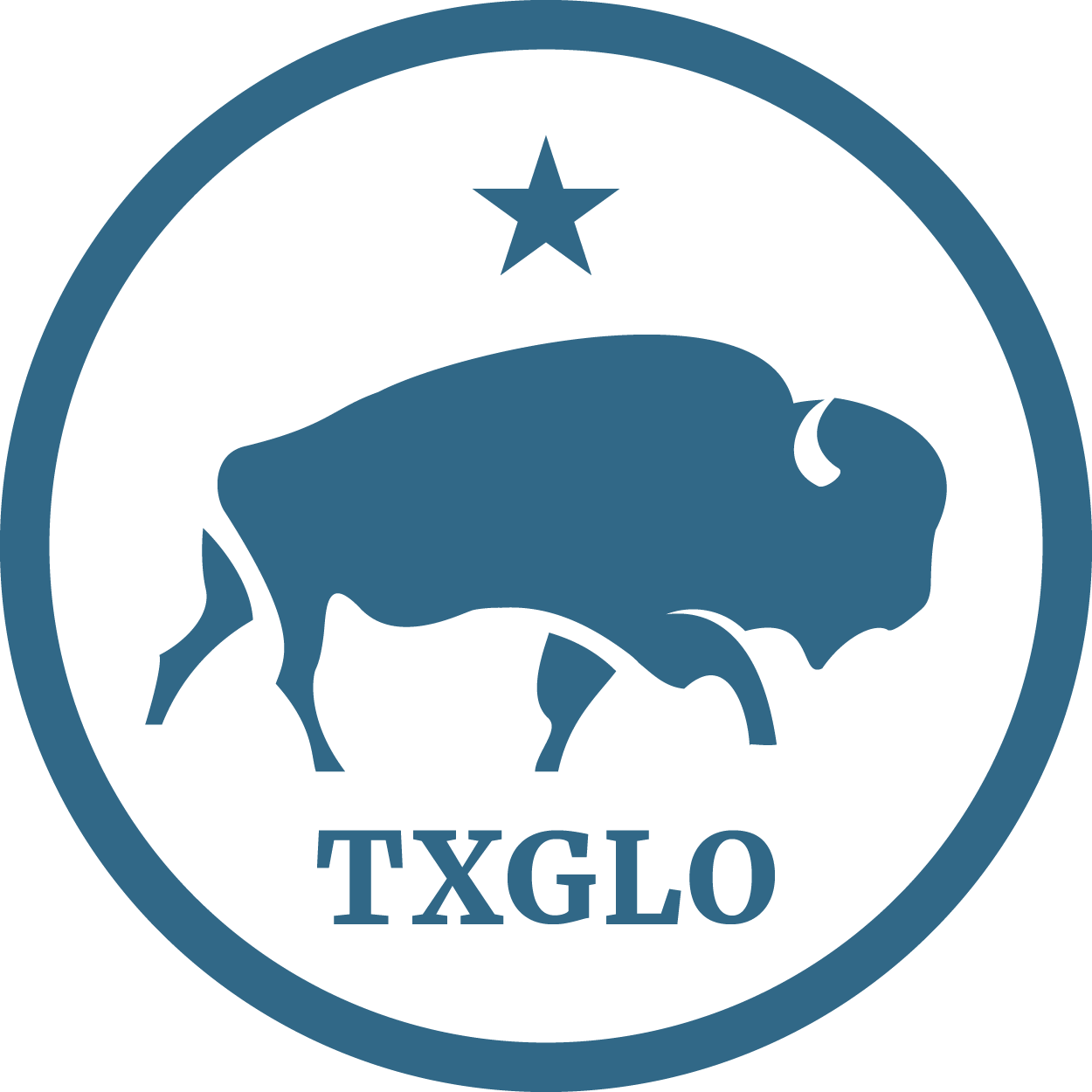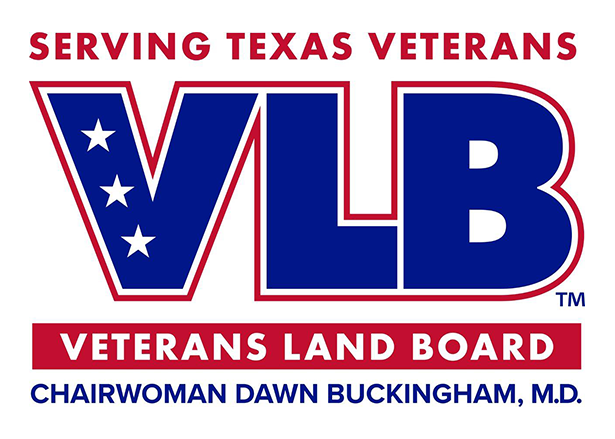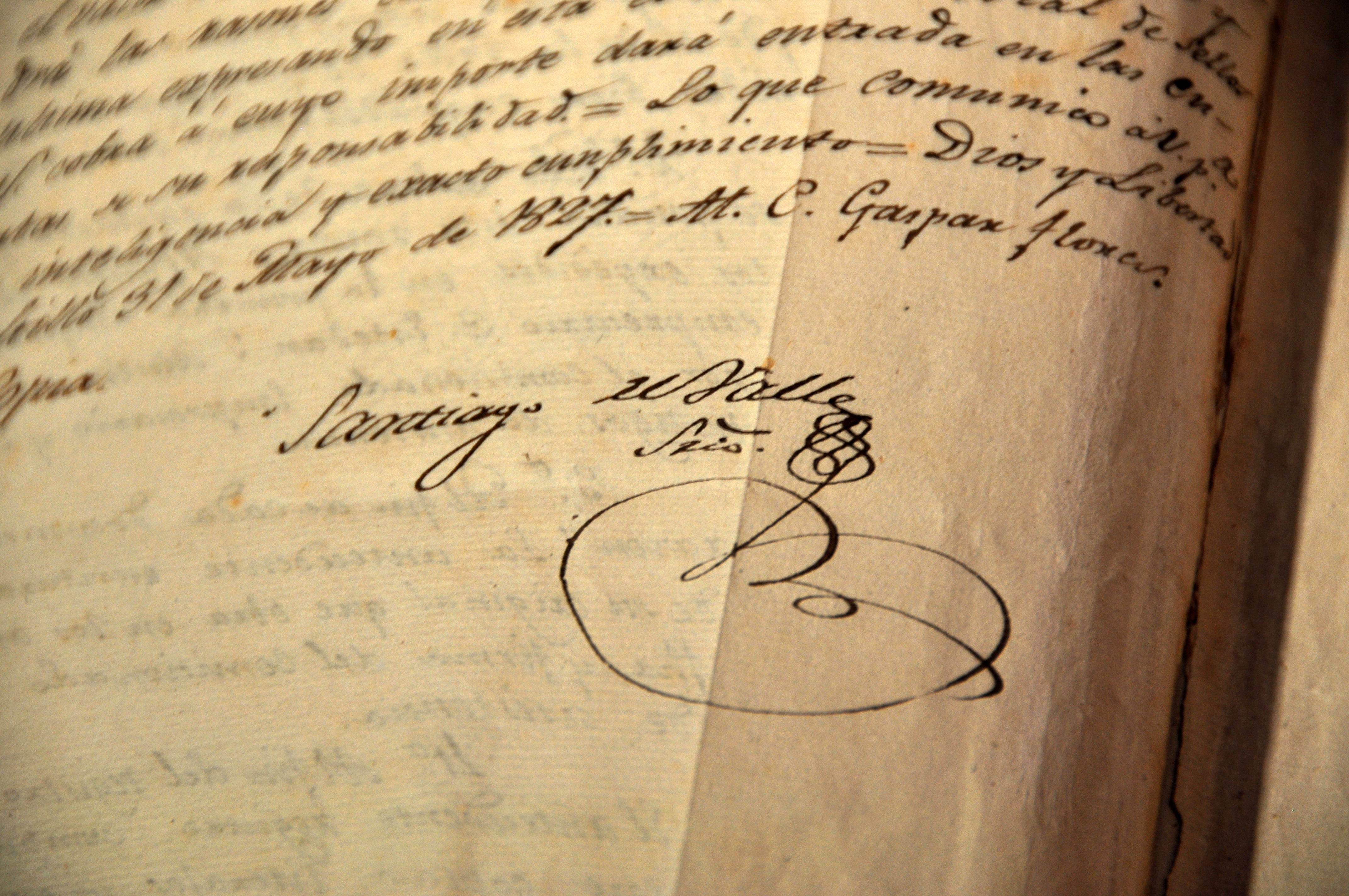The Texas General Land Office (GLO) will host three regional public hearings in Dallas, the Rio Grande Valley and Houston to seek input on the state's action plan detailing the distribution and eligible uses of $4,297,189,000 in Community Development Block Grant Mitigation (CDBG-MIT) funds from the U.S. Department of Housing and Urban Development (HUD) to assist eligible communities with mitigation projects. These projects will address risks within the areas impacted Hurricane Harvey as well as the 2015 Floods and 2016 Floods.
"Hurricane Harvey was a storm of historic proportions with more than $100 billion in property damage and immeasurable disruption to the lives of Texans," Commissioner Bush said. "Many communities in Texas have faced repeated flooding including the 2015 and 2016 floods. With this action plan, the GLO will prioritize large-scale projects to maximize available infrastructure funding to improve the resiliency of Texas homes, businesses and infrastructure from future storms."
The plan has been published for public comment on the GLO's recovery website at
recovery.texas.gov/public-notices/index.html. All public comments received prior to 5:00 p.m. on Monday, January 6, 2020, will be considered. The GLO will respond to comments in the final submission of the document to HUD for approval. The GLO will accept comments via U.S. Postal Service mail, fax or email:
Texas General Land Office
Community Development and Revitalization
P.O. Box 12873, Austin, TX 78711-2873
Fax: 512-475-5150
The GLO will livestream stream the Dallas and Houston meetings and will record the Rio Grande Valley public hearing. Videos from hearings will be made available on the GLO's mitigation website at
http://recovery.texas.gov/mitigation.
Public hearing details:
Dallas Public Hearing
Date: December 9, 2019
Time: 10:00 am - 2:00 pm
Location: Dallas County Community College District - Bill J Priest Institute
Address: 1402 Corinth Street Road, Dallas, TX 75215
Livestream link for hearing:
https://dcccd.yuja.com/LiveStream/I/88/200890265
Rio Grande Valley Public Hearing
Date: December 10, 2019
Meeting Start: 10:00 am - 2:00 pm
Location: North Academic Building G Lecture Hall G191 Mid Valley Campus of South Texas College
Address: 400 N Border Ave, Weslaco, TX 78596
Hearing to be recorded
Houston Public Hearing
Date: December 11, 2019
Meeting Start: 6:00 pm - 9:00 pm
Location: Texas Southern University EDU Auditorium
Address: 3100 Cleburne Street, Houston, TX 77004
Livestream link for hearing:
https://tsu.bluejeans.com/735419623
About the State Action Plan for Mitigation
The state's action plan provides for the distribution of mitigation funds based on HUD's requirements outlined in the
Federal Register notice released on Aug. 30, 2019. These funds were appropriated by Congress on February 9, 2018. For additional information on the timeline, please visit
recovery.texas.gov/mitigation.
All CDBG-MIT activities must meet HUD's definition of mitigation:
Those activities that increase resilience to disasters and reduce or eliminate the long-term risk of loss of life, injury, damage to and loss of property, and suffering and hardship, by lessening the impact of future disasters.
General overview of funding:
- $4,383,085,000 in total HUD Community Development Block Grant Mitigation (CDBG-MIT) funds allocated to Texas.
- Texas General Land Office will administer $4,297,189,000:
- $4,074,456,000 for Hurricane Harvey
- $169,748,000 for 2016 Floods
- $52,985,000 for 2015 Floods
- Texas General Land Office will administer $4,297,189,000:
- HUD directed allocations:
- $61,884,000 to City of Houston for 2015 Floods
- $24,012,000 to City of San Marcos for 2015 Floods
- In total, 140 Texas counties eligible for CDBG-MIT funding due to 2015, 2016, and 2017 (Hurricane Harvey) disasters.
The draft plan incorporates critical stakeholder input received during CDBG-MIT planning public hearings conducted in September, regional input sessions at various councils of governments, and a mitigation needs survey that captured detailed information from 416 respondents across the state. Additionally, the GLO consulted with federal and state agencies to develop the Mitigation Needs Assessment and the state's proposed mitigation programs and competitions.
In accordance with the CDBG-MIT requirements, to address risk related to hurricanes, tropical storms, tropical depression and flooding, and to expedite mitigation funding, the GLO will directly administer and oversee the following competitions and programs:
- 2015 Floods State Mitigation Competition ($46 million) provides funds for mitigation projects with a minimum award amount of $3 million and the maximum of $10 million. Eligible applicants include units of general local government (cities and counties), Indian tribes, and COGs located in 2015 MID counties.
- 2016 Floods State Mitigation Competition ($147 million) provides funds for mitigation projects with a minimum award amount of $3 million and the maximum of $10 million. Eligible applicants include units of general local government (cities and counties), Indian tribes, and COGs located in 2016 MID counties.
- Hurricane Harvey State Mitigation Competition ($2.1 billion) provides funds for mitigation projects to address risk in the Hurricane Harvey impacted areas with a minimum award amount of $5 million and the maximum of $100 million. Eligible applicants include units of general local government (cities and counties), Indian tribes, COGs, state agencies, service districts (e.g., drainage districts), port authorities, and river authorities.
- Regional Mitigation Program ($500 million), councils of government (COG) impacted by Hurricane Harvey will develop a method of distribution (MOD) to allocate funds to local units of government and Indian tribes.
- Hazard Mitigation Grant Program (HMGP): Supplemental ($170 million), will fund CDBG-MIT eligible HMGP projects submitted to TDEM after Hurricane Harvey but, due to program oversubscription, remain unfunded.
- Coastal Resiliency Program ($100 million), which funds Tier 1 projects identified in the Texas Coastal Resiliency Master Plan that mitigate coastal risks through green and gray infrastructure and nonstructural measures.
- Housing Oversubscription Supplemental ($400 million), which addresses oversubscription in the Hurricane Harvey Homeowner Assistance Program of eligible applicants that have been waitlisted. Hurricane Harvey damage homes will be reconstructed with mitigation measures, such as elevation.
- Resilient Home Program ($100 million) will reconstruct Hurricane Harvey damaged single-family homes with homes that meet additional resiliency and mitigation standards. Waitlisted homeowners in the oversubscribed Hurricane Harvey Homeowner Assistance Program will be eligible.
- Hazard Mitigation Plans ($30 million), a GLO partnership with TDEM will contribute to the development of an enhanced State Hazard Mitigation Plan and fund the development of Local Hazard Mitigation Action Plans (LHMAP) for entities located in the CDBG-MIT eligible counties.
- Resilient Communities Program ($100 million) funds for the development, adoption, and implementation of resilient building codes, flood damage prevention ordinances, zoning ordinances, land use and comprehensive plans, and public service activities for cities, counties and Indian tribes located in the CDBG-MIT eligible counties.
- Regional and State Planning ($214 million) provides funding for regional and state planning studies and tools that work to reduce risk and impacts of future disasters.
HUD reduced the amount of grant funds that must be expended in the HUD-designated most impacted and distressed areas (MID) to 50 percent, with the caveat that up to 50 percent may be spent in State MID areas. A total of 140 counties are eligible under this CDBG-MIT grant, 23 of which are HUD MID: Aransas, Brazoria, Chambers, Fayette, Fort Bend, Galveston, Hardin, Harris, Hays, Hidalgo, Jasper, Jefferson, Liberty, Montgomery, Newton, Nueces, Orange, Refugio, San Jacinto, San Patricio, Travis, Victoria, and Wharton. HUD also declared the following 10 zip codes to be most impacted: 75979 (Tyler), 77320 (Walker), 77335/77351 (Polk), 77414/77482 (Matagorda), 77423/77493 (Waller), 77979 (Calhoun), 78934 (Colorado).
The remaining 117 counties are State MID: Anderson, Angelina, Archer, Atascosa, Austin, Bandera, Bastrop, Baylor, Bee, Blanco, Bosque, Bowie, Brazos, Brown, Burleson, Caldwell, Calhoun, Callahan, Cameron, Cass, Cherokee, Clay, Coleman, Collingsworth, Colorado, Comal, Comanche, Cooke, Coryell, Dallas, Delta, Denton, DeWitt, Dickens, Duval, Eastland, Edwards, Ellis, Erath, Falls, Fannin, Fisher, Frio, Gaines, Garza, Gillespie, Goliad, Gonzales, Grayson, Gregg, Grimes, Guadalupe, Hall, Harrison, Hartley, Henderson, Hill, Hood, Hopkins, Houston, Jack, Jackson, Jim Wells, Johnson, Jones, Karnes, Kaufman, Kendall, Kleberg, Lamar, Lavaca, Lee, Leon, Limestone, Lubbock, Lynn, Madison, Marion, Matagorda, McLennan, Milam, Montague, Nacogdoches, Navarro, Palo Pinto, Parker, Polk, Real, Red River, Robertson, Rusk, Sabine, San Augustine, Shelby, Smith, Somervell, Starr, Stephens, Tarrant, Throckmorton, Tom Green, Trinity, Tyler, Upshur, Uvalde, Van Zandt, Walker, Waller, Washington, Wichita, Willacy, Williamson, Wilson, Wise, Wood, Young and Zavala.
Background on $4.29 billion CDBG-MIT funding allocation
The Further Additional Supplemental Appropriations for Disaster Relief Requirements Act, 2018 (Division B, Subdivision 1 of the Bipartisan Budget Act of 2018, Pub. L. 115-123, approved February 9, 2018), made available funds for mitigation activities proportional to the amounts that CDBG-DR grantees received for qualifying disasters in 2015, 2016, and 2017. On August 30, 2019, the Federal Register published the HUD allocation notice (84 FR 45838) CDBG-MIT funds. Governor Abbott has designated the Texas General Land Office (GLO) to administer the state's CDBG-MIT allocation.
About GLO Community Development and Revitalization (CDR)
In addition to short-term housing in partnership with the Federal Emergency Management Agency (FEMA), the CDR division of the Texas General Land Office was appointed by Texas Governor Greg Abbott to administer both Community Development Block Grant Disaster Recovery (CDBG-DR) and Mitigation (CDBG-MIT) on behalf of the state of Texas. More than $13 billion have been allocated for recovery and mitigation following Hurricanes Rita, Dolly, and Ike, the 2011 wildfires, the 2015 and 2016 floods and Hurricane Harvey. These grants can be used for a wide variety of activities including housing redevelopment, infrastructure repair and long-term planning. For more information, please visit
recovery.texas.gov.








